Blast chilling and shock freezing in Pastry

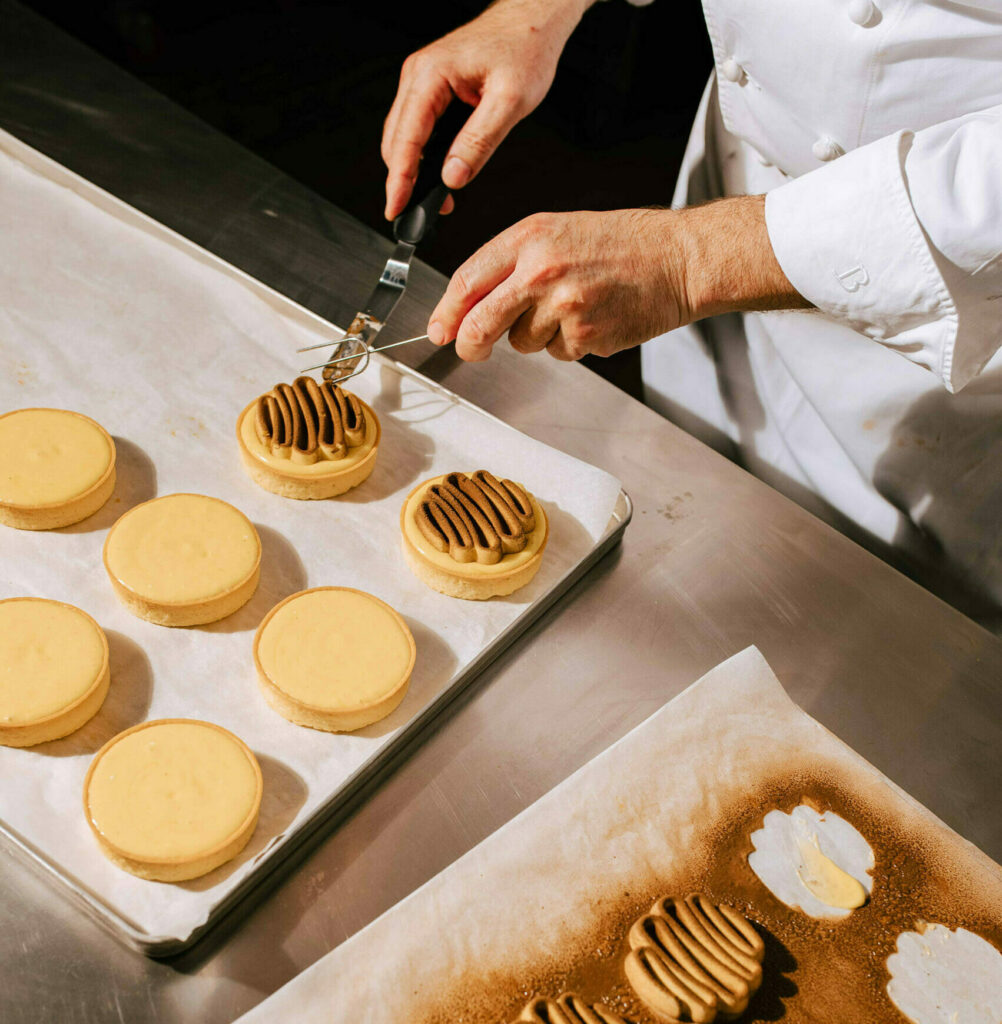
Macro-crystals formation
During the chilling and, more precisely, shock freezing process (not to be confused with traditional freezing), the food water content rapidly freezing forms micro crystals, that do not spoil the molecules of the cakes and do not alter their taste and structure. This generates a real still-image of the products, that remains unchanged during the subsequent conservation phase.
Ensuring the food safety
The chilling process is the perfect system to extend the shelf-life of baked and raw products. Cool or store at room temperature cooked or raw food promotes bacterial proliferation. This one starts between 65°C and 10°C. The chilling process, therefore, allows to speed up the cooling of the cake, promoting a thermal descent to the core (3°C) in less than 90 minutes. The result of this process is to ensure the health of the products and lengthen their life.
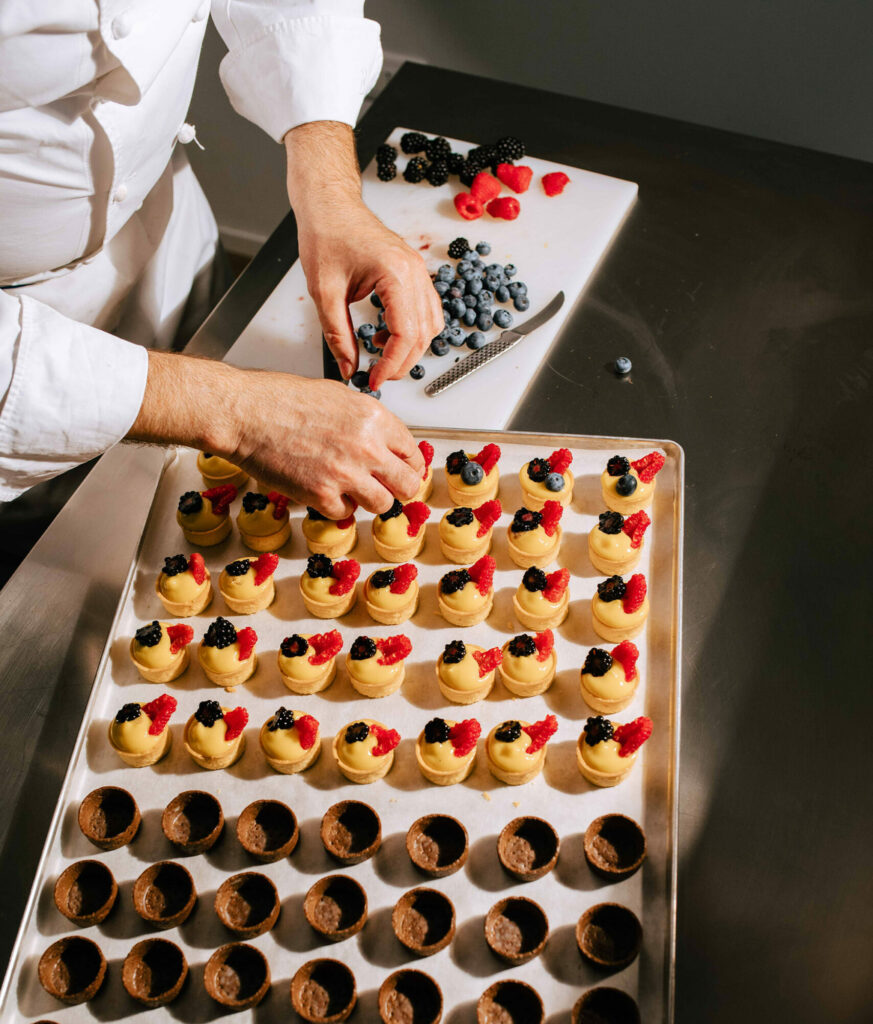
Speed up production processes
Laboratory activity, today, would be inconceivable without the blast chillers. Chilling processes (positive and negative) speed up each phase in the pastry laboratory production. Before the advent of the blast chiller, for example, it was unthinkable to quickly chill baked products, as it was impossible to create cakes by using silicon moulds. Today this is possible only and exclusively thanks to the use of blast chillers in manufacturing. This powerful machine guarantees timing and chilling quality, that today represent the keys for a rational, efficient, profitable and fast production.
Internal product humidity preservation
Cooling a product or freezing a product does not only guarantee its healthiness; this process also allows to crystalize, preserve and conserve the internal humidity of the product. This means, on one hand, to grant softness and texture of a baked product. On the other hand, to preserve all organoleptic qualities and volatile aromas that would otherwise be despersed. Chilling assures the quality concept preservation concerning product taste and structure.
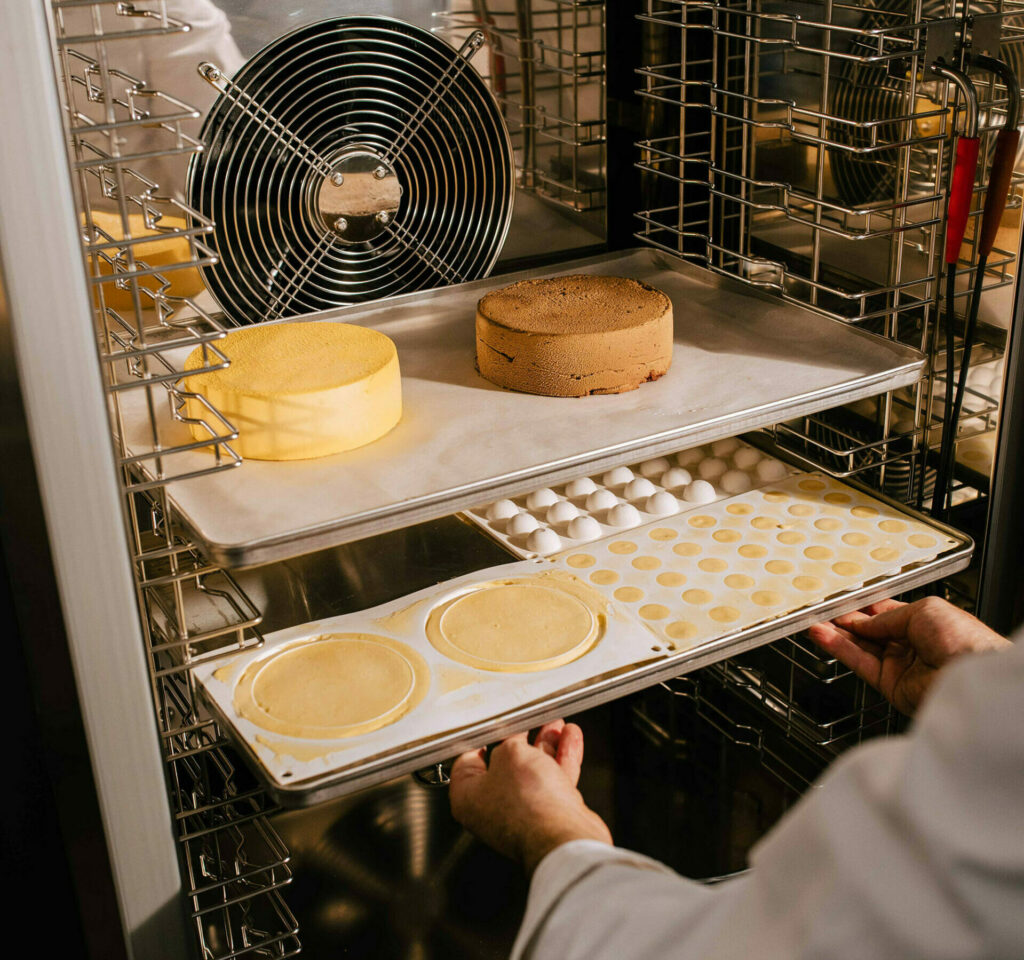
Why chilling in pastry laboratory? Some examples
Why use blast chillers in pastry? The advent of the so-called “modern pastry” has involved more and more the use of silicon moulds, for the preparation of single portions, mignon cakes and parfaits. Thanks to blast chillers use, and the possibility to easily reach low temperatures as -40°C, the operations of demoulding sweets from silicone moulds are now really easy. Traditional freezing could not allow these operations, at least certainly not that rapidly and efficient.
Another example of the reasons that must necessarily push confectioners to use cold technologies is linked to the possibility to realise pre-leavened and pre-cooked products. This to obtain a better organization of production processes, to efficiently manage unexpected emergencies and to prepare catering solutions. Talking about pre-cooking, the products cooking is interrupted some minutes before of the deadline, quickly chilling the product.
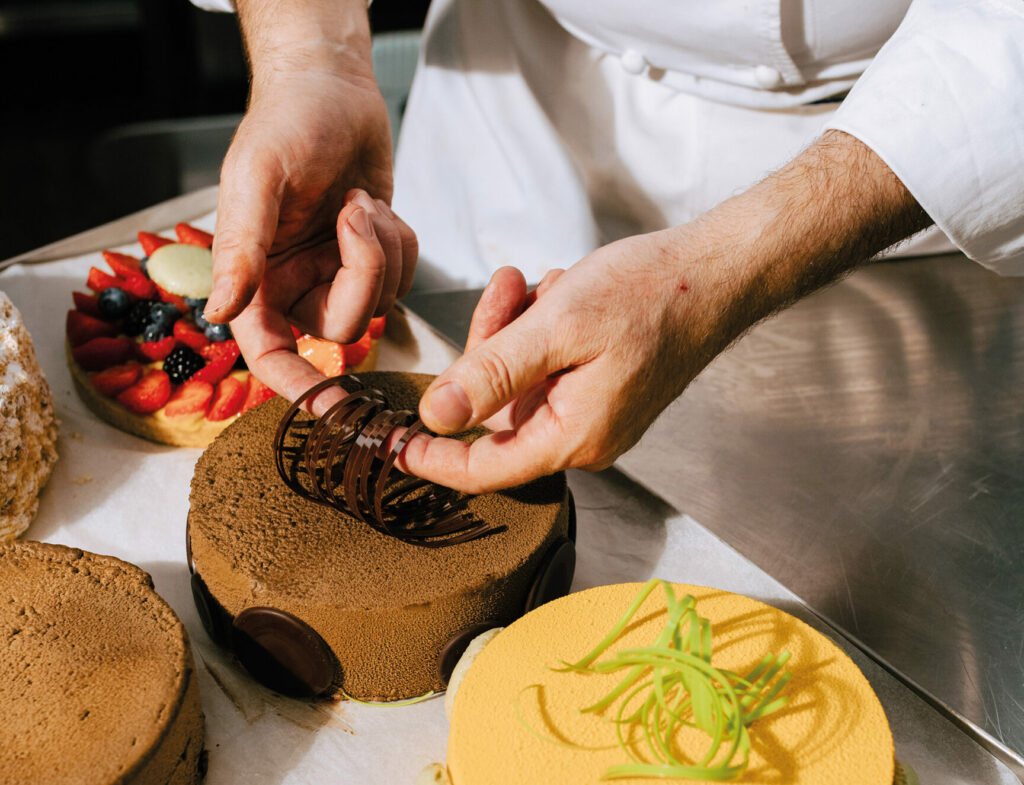
In the case of pre-leavened products, through this process it is possible to reduce preparation time directly related to prooving, that often represents a question mark for pastry chefs. Ice cream, during whisker phase, incorporates air. This process is called “overrun”. This is a very important concept in ice cream field, because it gives lightness to the product, less perception of cold, creaminess and spreadability. These features can be preserved only and exclusively through the ice cream pan shock freezing and its correct and qualitative conservation.
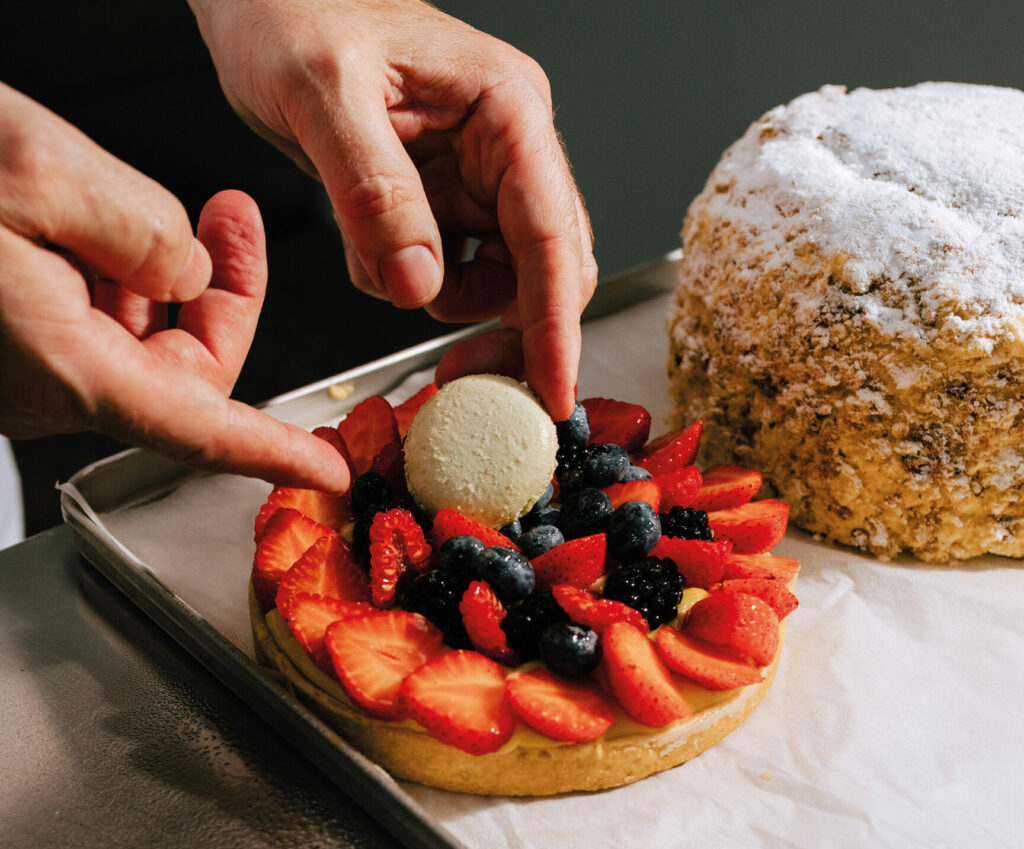
Blast Chillers
The blast chilling obtained with the use of technologically advanced and hi-performance blast chillers is the best way to extend the food and doughs shelf-life, guaranteeing freshness and fragrance.